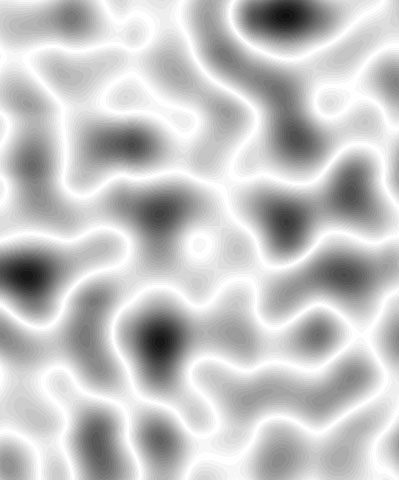

But the ultimate reward may come in 2019, when Euclid is scheduled to launch.Ĭlick here to download the pdf version of this article. The prize? A trip to JPL to present their results. He and Margala submitted a total of 16 data sets, gradually improving their score and beating out the other 72 teams.

Kirkby searched his particle physics background for approaches he could use. Kaggle provided contestants with 100,000 images that were intentionally blurred and contained various amounts of noise. One of the grand challenges in cosmology is to analyze these distortions precisely enough to unravel the interplay between dark matter and dark energy, the mysterious force that is thought to fuel the accelerated expansion of the universe. JPL needed an innovative system for mapping dark matter in upcoming missions such as the Euclid telescope survey, which will map the large-scale structure of the universe by imaging an unprecedented number of faint galaxies whose shapes are subtly distorted by the presence of dark matter. In creating the contest, NASA's Jet Propulsion Laboratory and the United Kingdom's Royal Astronomical Society teamed up with Kaggle, a company that hosts competitions to solve statistical and analytical problems. For someone breaking into a new field, he adds, the contest offered an “ideal opportunity.” Where once he sought answers to nature's fundamental questions in the debris from particle collisions, “Now I'm tackling the same questions using telescopes,” Kirkby says. It's just one of many connections he has been finding between his past collider work and current astrophysics projects, including the Large Synoptic Survey Telescope and BOSS, the Baryon Oscillation Spectroscopic Survey, which is mapping galaxies and quasars to get a better handle on the expansion of the universe. The technique? An artificial neural network like the ones Kirkby used in his work on the BaBar experiment at SLAC National Accelerator Laboratory. University of California, Irvine professor David Kirkby and his doctoral student Daniel Margala tapped an analytical technique from particle physics to win a contest to help NASA's Euclid mission map galaxy clusters. Noise level monitoring (Chapter 2) is used to assess whether noise levels at particular locations are in compliance with the standards selected. Have you ever sat in an open field at night, looked up at the vast number of stars and thought, “I bet an artificial brain would come in handy for making sense of all this”? You might if you were planning the best way for NASA to map the sky. relationship between noise pollution and the health of the population. From left to right: the original image including atmospheric distortion and noise fluctuations, reconstruction of the image with noise removed, and reconstruction with atmospheric effects and pixelation removed. Extensive experiment results validate these nice properties of the proposed method, which shows that it outperforms the state-of-the-art methods.Galaxy shape reconstruction algorithm. Furthermore, it is also robust to boundary noise. The proposed method can produce a two-pixel-wide skeleton with correct topology and avoid any additional post-processing. Finally, a clean skeleton is reported by a simple truncation operation. The saliency of p is estimated by the maximum distance along the boundary between the two projections. Then, for each pixel p in the shape, we project its four neighboring pixels onto the boundary.

Firstly, the primitive boundary is extracted. In implementation, we define the skeletal saliency map by using the projection symmetry measurement. Inspired by the observation that the skeleton also serves as a symmetry axis, we propose to compute the skeleton by symmetry analysis of the given shape. Skeleton is one of the simplest but powerful tools for shape representation and analysis, which encodes the original shape by one less dimension but can retain the topological information well.


 0 kommentar(er)
0 kommentar(er)
